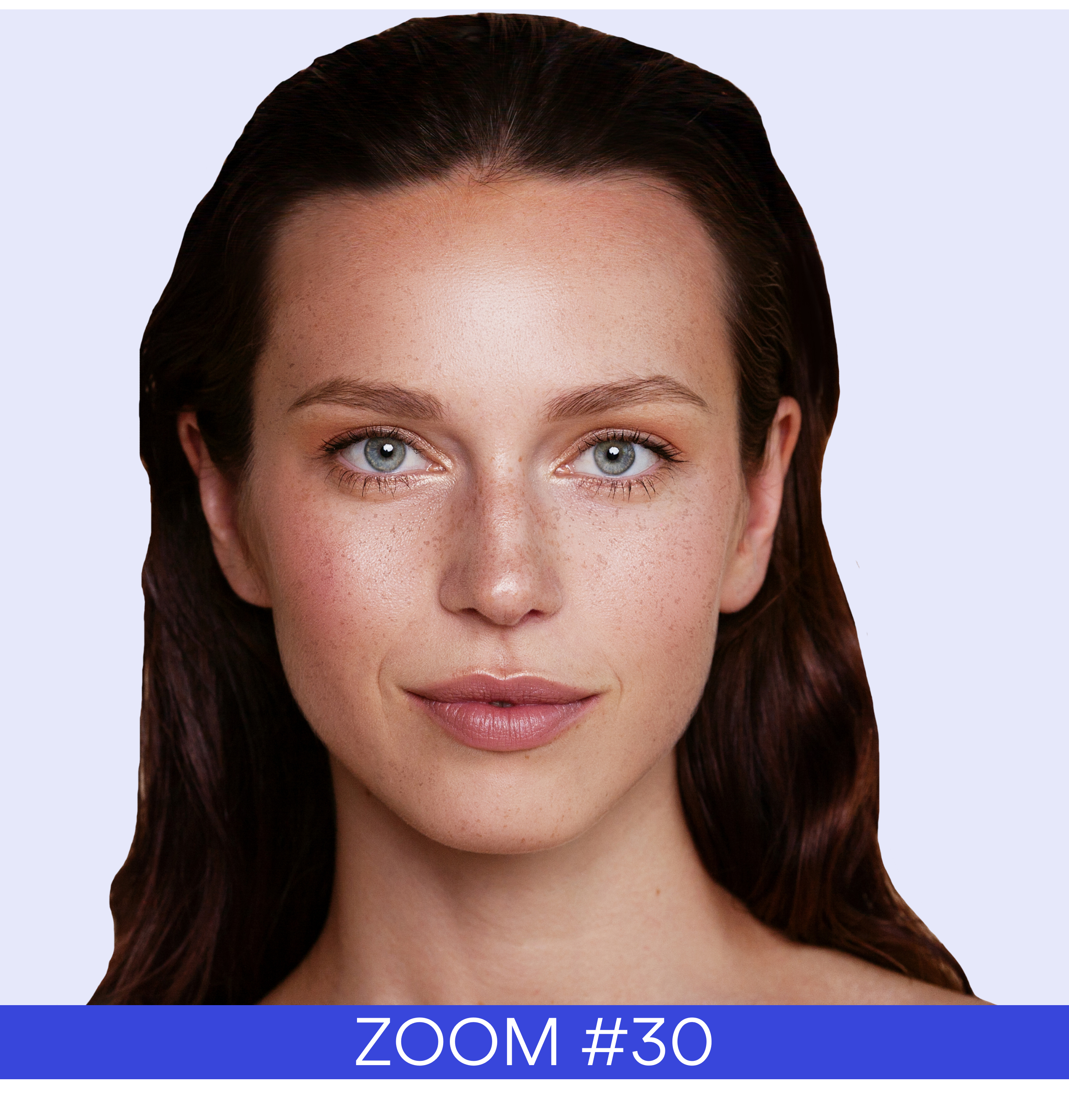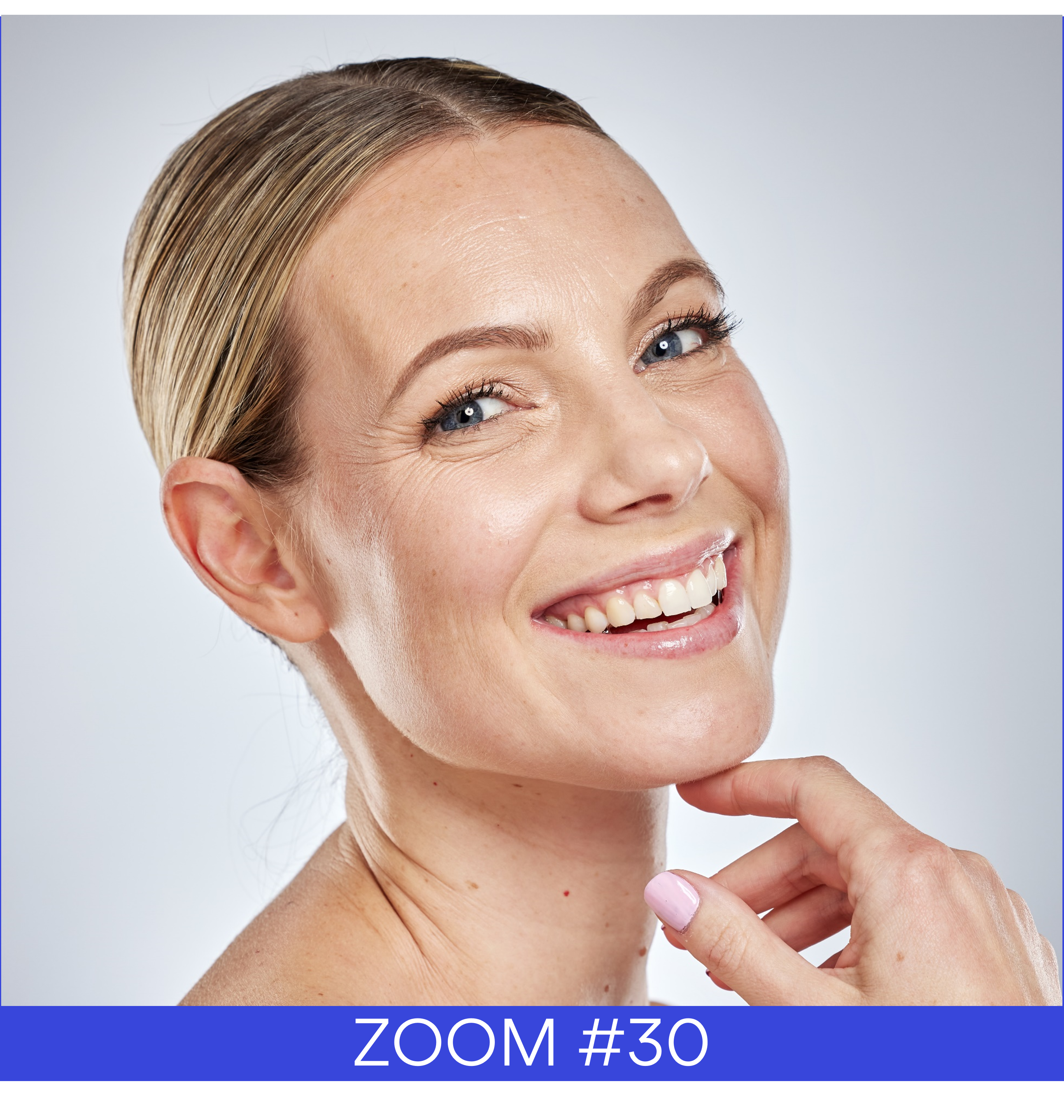Despite the UV performance benefits of particulate UV filters, concerns have been raised over their potential percutaneous permeation leading to the requirement of a specific approval for all nano UV filters in Europe. Under the legally binding definition of the Cosmetic regulation No. 1223/2009, nanomaterial means […] a material […] on the scale from 1 to 100 nm. The recommendation of the European Commission (2011/696/EU) revised 10th of June 2022 (2022/C229/01) further specifies that a material is nano when at least 50% of the number size distribution of the constituent particles is comprised between 1 and 100 nm.
The situation for Titanium Dioxide and Zinc Oxide is confusing since the constituent particles are often part of agglomerates. Some suppliers clearly specify the nano feature of their material, while others declare the non-nano property of their inorganic products. The objective of this study was, therefore, to measure the number-based particle size distribution of three marketed Titanium Dioxide and Zinc Oxide grades using the decision support flow scheme devised by the NanoDefine project.
This group was created to support the identification of nanomaterials as required by the European legislation. We employed the tier 1 method asymmetrical flow field-flow fractionation (AF4) coupled with UV and IC-PMS (inductively coupled plasma mass spectroscopy) detectors and tier 2 method transmission electron microscopy (TEM).
By M. Sohn, W. Wohlleben, P. Müller, D. Botin, J. Giesinger, M. Schnyder, S. Kruś, S. Acker, B. Herzog – 7/8 2022









 Follow us on Linkedin!
Follow us on Linkedin!